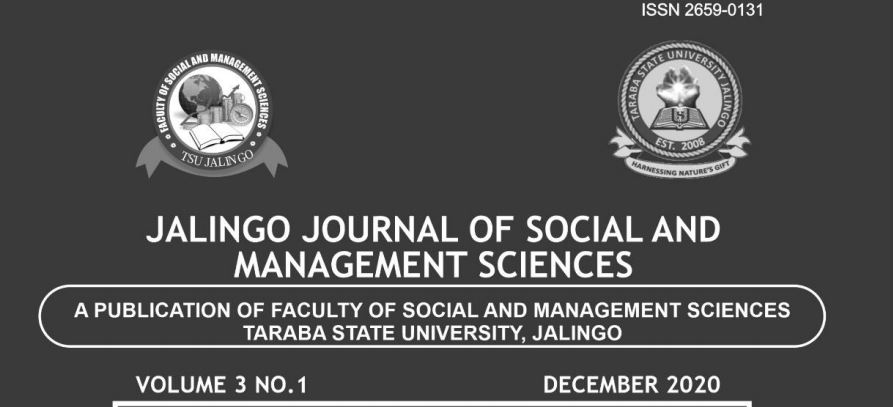Street Begging in Ibadan Metropolis: Locations, Pattern and Distribution
Keywords:
Informal Activities, Land use, Location, Street Beggars, Urban GovernanceAbstract
Ibadan Metropolis is becoming an emerging city not only in terms of socio-economic activities, but also accommodating numerous influxes of beggars into the city. Despite many studies on street begging, attentions have not been made in analyzing the locational pattern and spatial distribution of street beggars in Ibadan Metropolis. The objectives of the study are to identify and map locations of street beggars in Ibadan Metropolis. Global Positioning System (GIS) was used to obtain the geographic coordinates of the identified locations of street beggars which were digitized for mapping. Nearest neigbour analysis and simple linear regression were adopted for the data analysis. The findings of the study show that there are 2916 estimated street beggars at the identified locations. The study showed that the spatial distribution of beggars in Ibadan Metropolis is influenced by the prevailing land use, socio-economic activities and uncoordinated physical planning in controlling activities at the informal level. Furthermore, the nearest neigbour index (Rn =0.828716) exhibits a random that cluster pattern of distribution (Rn<1) of street beggars in Ibadan metropolis. The simple linear regression y=-0.0213x+185.84 shows that the regression coefficient of -0.2023 with constant of 185.84 and (R2) of 0.0804 shows that distance account for 10% for the spatial distribution of street beggars along the central business district (CBD). The study thereby recommends among others the need to control influx of beggars in public places, pro-poor policy, and adherence to land use and physical planning measures for sustainable development of Ibadan metropolis.

Downloads
Published
Issue
Section
License
Copyright (c) 2023 JALINGO JOURNAL OF SOCIAL AND MANAGEMENT SCIENCES

This work is licensed under a Creative Commons Attribution-NonCommercial 4.0 International License.
